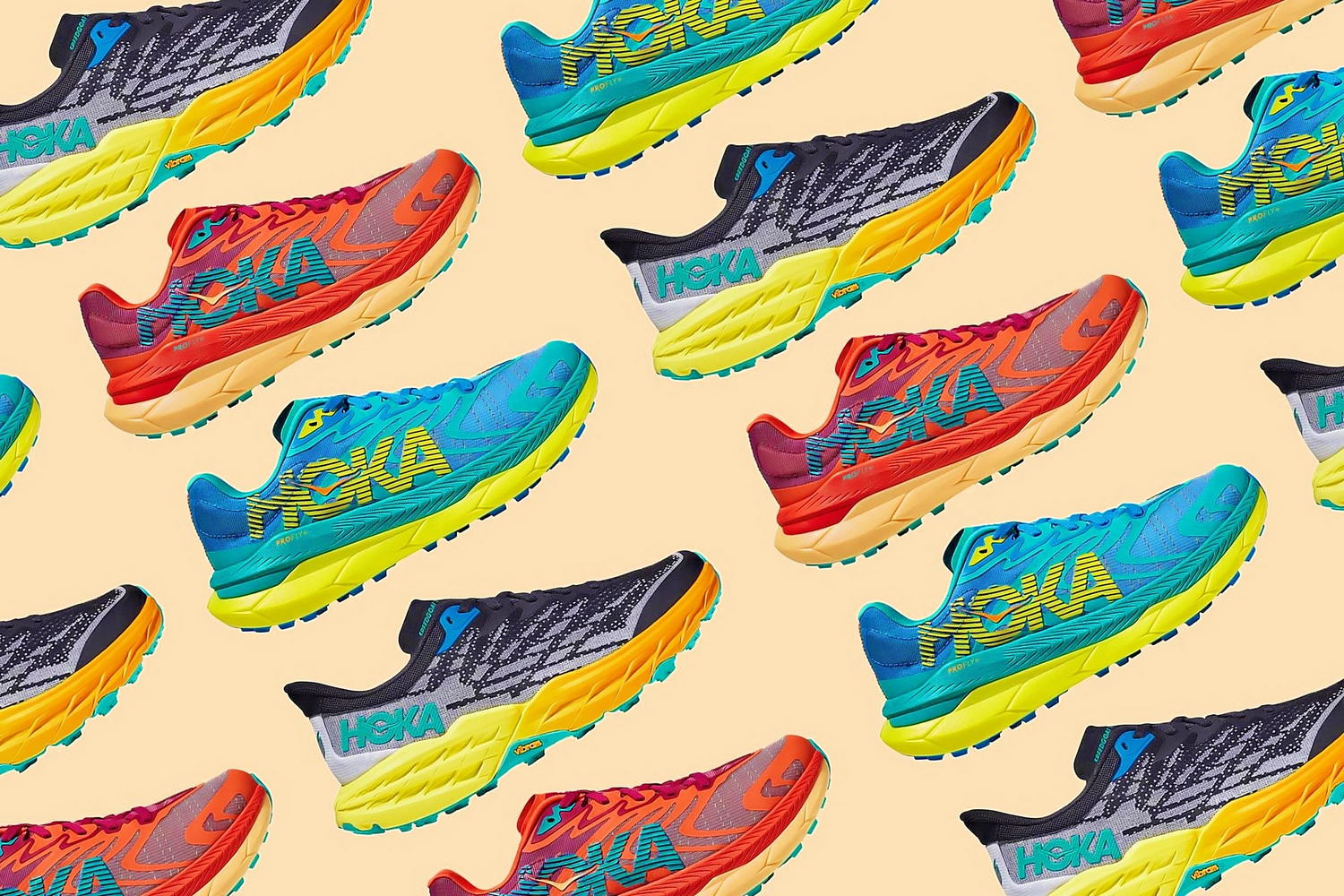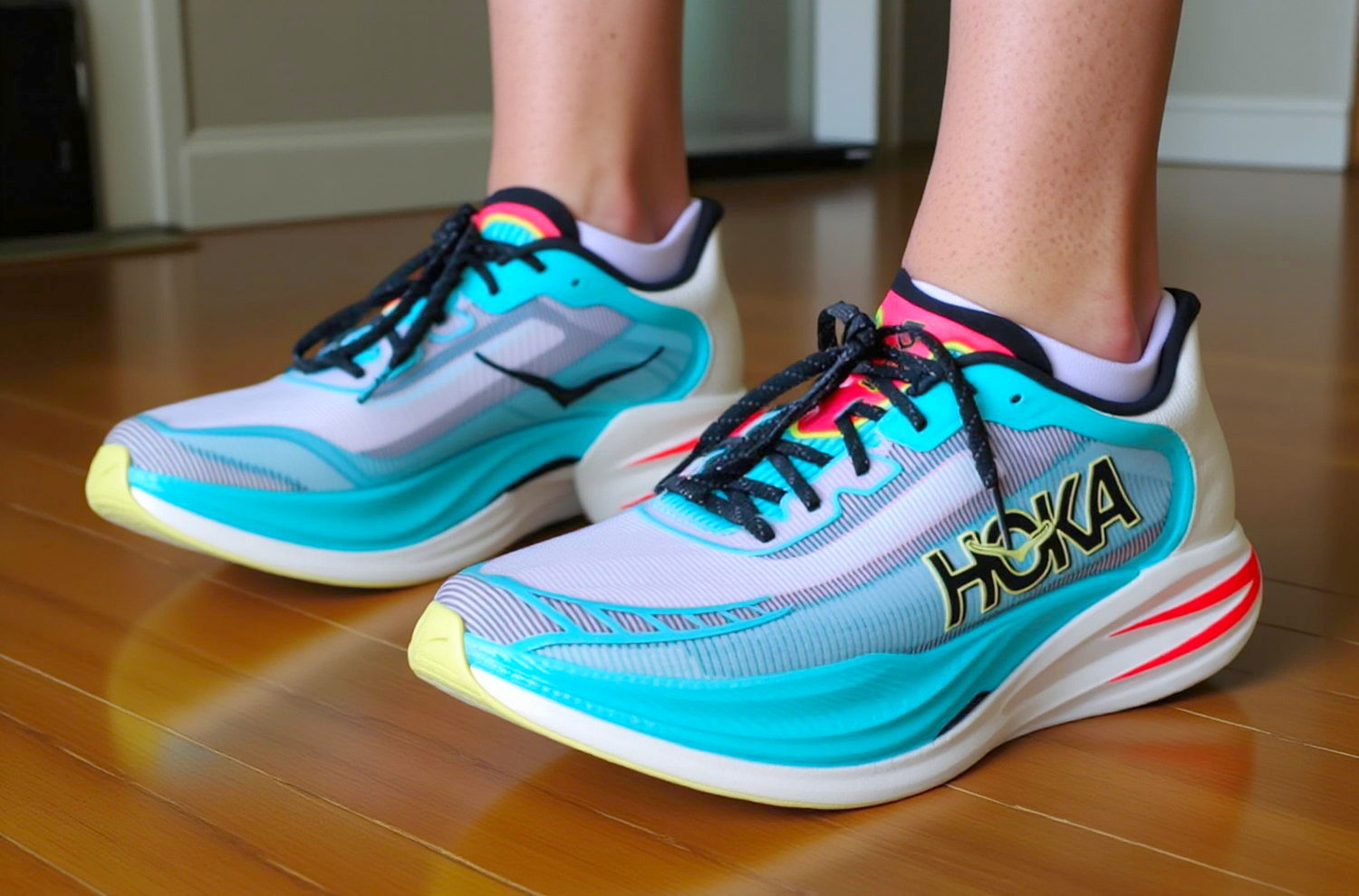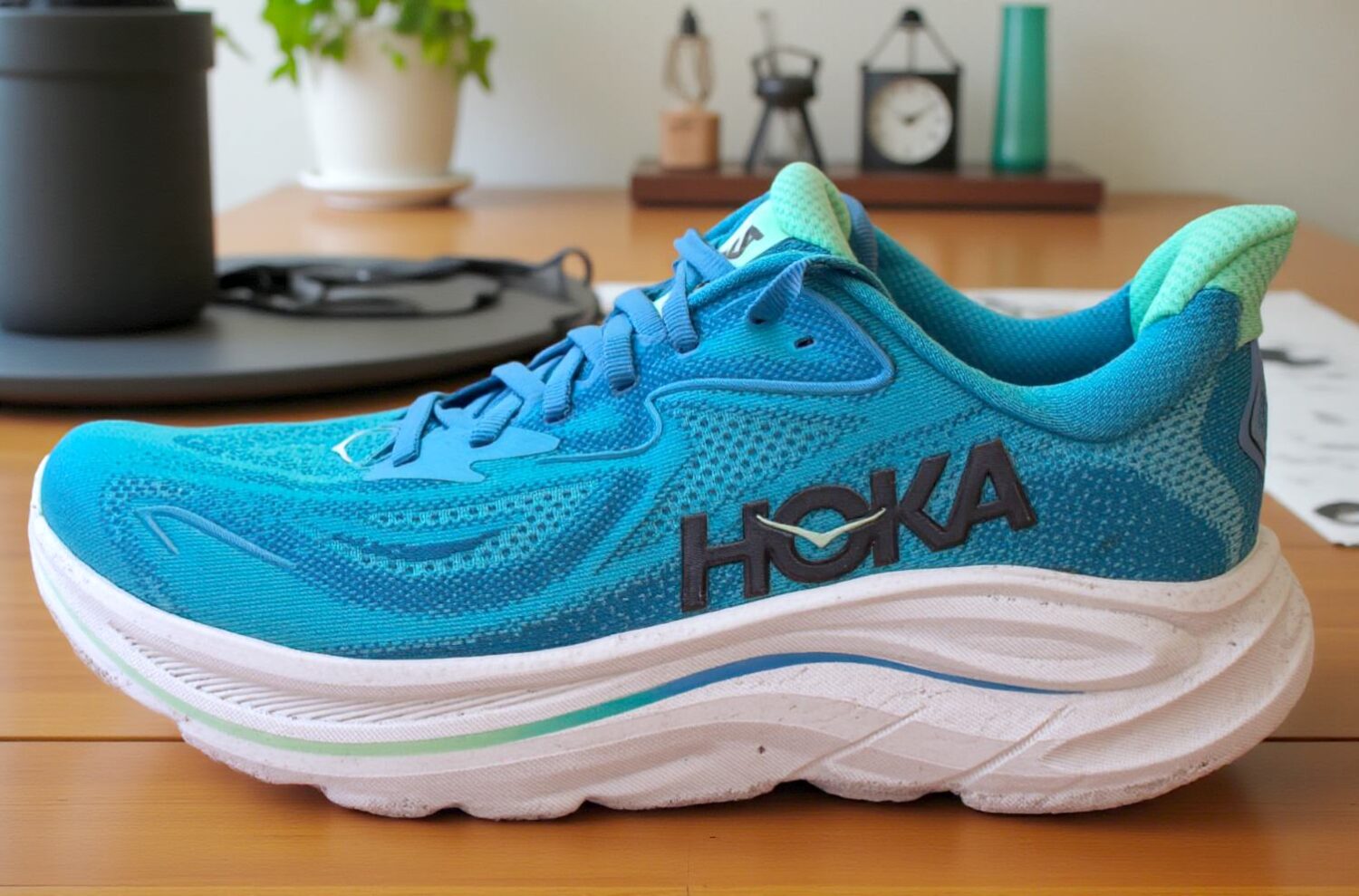Is Hoka’s Cloud-Like Comfort Running Toward a Fall? An In-Depth Look at the Rise and Risks of a Running Giant

Hoka has redefined the running shoe landscape with its ultra-cushioned soles and bold designs, skyrocketing from an obscure brand to a billion-dollar powerhouse. But as the hype soars, whispers of potential pitfalls grow louder. Could the very innovations that propelled Hoka to the top—those plush midsoles and futuristic aesthetics—be setting the stage for a stumble? In this deep dive, we’ll trace Hoka’s meteoric rise, unpack its strengths and weaknesses, and explore whether this running titan can keep pace in an increasingly competitive market. Lace up—things are about to get fascinating.
🌍 The Birth of Hoka: From Maverick Vision to Market Disruption
A Bold Bet Against the Minimalist Craze
In the late 2000s, the running world was gripped by a minimalist fever. Thin-soled shoes promising a “natural” stride dominated the scene, with runners embracing every pebble and pavement crack underfoot. Enter Nicolas Mermoud and Jean-Luc Diard, two French innovators with a contrarian streak. Fresh from Salomon, where they’d honed their skills in mountain running and adventure racing, they saw the minimalist trend as a mismatch for rugged realities—like sprinting downhill on rocky trails. Their radical idea? More cushioning, not less.
At the time, this was heresy. Picture pitching a double-decker burger at a vegan potluck. But Mermoud and Diard drew inspiration from beyond running—mountain bikes with fat tires, skis with wider bases—and asked: why not give runners the same stability and comfort? Thus, Hoka was born, debuting with the Mafate, a shoe that looked like it belonged on a lunar rover but felt like a dream on the trails.
From Clown Shoes to Cult Status
Hoka’s early designs didn’t win beauty contests. Dubbed “clown shoes” and “moon boots,” their chunky soles and oversized profiles raised eyebrows. Yet, beneath the quirky exterior lay a game-changing formula: lightweight foam delivering maximum cushioning and a rocker shape that propelled runners forward with ease. Named Hoka One One—a Maori phrase meaning “fly over the earth”—the brand quickly shed its underdog status. Elite runners took notice, and when marathon legend Mark Plaatjes ordered 770 pairs for his store, it was clear: Hoka wasn’t just a fad—it was a phenomenon.
📈 Hoka’s Explosive Growth: How Decker Fueled a Billion-Dollar Boom
The Decker Takeover
By 2012, Hoka’s grassroots buzz caught the eye of Decker Brands, the parent company behind Ugg Boots. Decker saw potential in those oddball soles and swooped in, acquiring Hoka and injecting it with the resources to scale. The result? An explosion. Sales soared, hitting over $1 billion by 2022 and accounting for nearly 40% of Decker’s revenue. What began as a niche experiment morphed into a cornerstone of a corporate empire.
Why Runners Fell in Love
Hoka’s appeal wasn’t hard to decipher. Its shoes delivered on promises others couldn’t match:
- Unmatched Cushioning: Sore feet became a distant memory, replaced by a cloud-like stride.
- Rocker Design: A wheel-like motion smoothed out every step, boosting efficiency.
- Injury Relief: Podiatrists and doctors sang its praises, recommending Hoka to patients with foot pain.
- Inclusivity: From ultra-marathoners to weekend walkers, Hoka welcomed all.
This blend of innovation and accessibility turned casual joggers and elite athletes alike into loyal fans. By 2022, Hoka wasn’t just a brand—it was a movement.
⚠️ Cracks in the Cushion: Are Hoka’s Strengths Turning into Weaknesses?
The Design Dilemma
Hoka’s signature cushioning is its calling card, but it’s not without trade-offs. Let’s break it down:
Pros and Cons of Hoka’s Ultra-Cushioned Approach
| Aspect | Pros | Cons |
|---|---|---|
| Cushioning | Reduces fatigue, eases joint pain | May encourage harder landings |
| Stability | Comfortable for straight-line runs | Wobbly during lateral movements |
| Durability | Lightweight and plush | Midsoles wear out faster |
| Weight | Surprisingly light for the size | Bulkier than competitors |
| Versatility | Great for roads and long distances | Lacks grip for trails |
While the thick midsoles absorb shock like a dream, they can feel unstable during quick turns—a potential dealbreaker for agile runners. The soft foam also wears down faster than traditional shoes, forcing frequent replacements. And for trail enthusiasts? Hoka’s road-focused design often falls short on grip.
The Science Surprise
Here’s where things get twisty. Hoka markets its cushioning as a shield against injury, but research paints a murkier picture. Studies from experts like Dr. Irene S. Davis at the Spalding National Running Center suggest that highly cushioned shoes don’t reduce impact as much as we’d think. Worse, they might trick runners into landing harder, increasing injury risk. That plush ride could be a Trojan horse—comforting yet deceptive. For every runner swearing by Hoka for plantar fasciitis relief, another might be unwittingly courting trouble.
Aesthetic Angst
Then there’s the style factor. Social media buzzes with quips like, “Hokas feel like clouds, but I’d rather not be seen in them.” The bold, bulky look—once a quirky selling point—now risks alienating fashion-conscious buyers. In a world where sneakers double as streetwear, Hoka’s “dad shoe” vibe might be losing its edge.
🏃♂️ Hoka vs. the Competition: A Crowded Track
The Nike Shadow
Hoka’s ascent hasn’t gone unnoticed. Enter Robin Green, a Nike veteran tapped to steer Hoka’s next chapter. With sales up 22% to $429 million in the last quarter and a Brand of the Year nod, her arrival seems timed for triumph. But Nike’s struggles in running—think cheaper shoes and slashed wholesale deals—cast a shadow. Is Green a visionary or a symptom of Nike’s woes?
Rivals on the Rise
Hoka isn’t just dodging Nike’s punches. Brands like On Running, Brooks, and Saucony are circling, each with their own weapons:
- On Running: Sleek, stylish, and versatile—perfect for the gym or a coffee run.
- Brooks: A legacy player with a loyal base and balanced designs.
- Saucony: Nimble and affordable, gaining ground fast.
Hoka’s premium pricing—exemplified by the $275 Cielo X1 Marathon shoe—keeps it in the luxury lane, but competitors are closing in with broader appeal. The Cielo X1 sold out fast, with 17,000 views in a day, but sustaining that hype is no small feat.
The Niche Trap
Unlike Adidas or New Balance, which span basketball, lifestyle, and beyond, Hoka remains a running specialist. This focus fueled its rise but now risks stagnation. If you’re not a runner, why buy Hoka? Without diversifying, it could become a one-note brand in a multi-sport world.
🔮 The Road Ahead: Can Hoka Stay in Stride?
Innovation or Overreach?
Hoka’s pushing boundaries—breathable uppers, carbon plates—but it’s a delicate balance. The carbon-plated trend, seen in models like the Cielo X1, nods to elite performance, yet the marshmallow-like cushioning remains the core draw. Can Hoka blend cutting-edge tech with its comfort-first ethos, or will it alienate its base?
Strategic Crossroads
Robin Green faces a pivotal choice:
- Double Down: Cater to the running faithful, refining what works.
- Branch Out: Expand into casual or hybrid shoes, chasing a wider audience.
The former keeps Hoka authentic but limits growth; the latter risks diluting its identity. Either way, indecision could let rivals lap them.
The Verdict
Hoka’s future isn’t doomed—it’s dynamic. Its cushioning still wins hearts, and its fanbase is fierce. But the cracks—durability, stability, versatility—can’t be ignored. If Hoka adapts, it could soar higher. If not, it might trip over its own oversized soles. What’s your take? Is Hoka’s cloud-like reign here to stay, or is a downfall looming?





